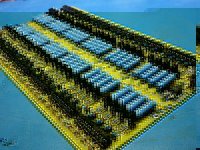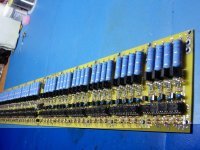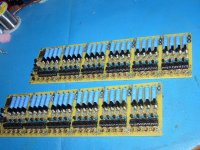todayican2
100 W
- Joined
- Apr 22, 2009
- Messages
- 139
Ok, I am not sure if this is good forum etiquette or not, but there ARE 80 pages of it 
I know its in here somewhere, but for this potential customer, is it working, will it do 24 100ah lifepo cells, and how much is it?
Thanks
I know its in here somewhere, but for this potential customer, is it working, will it do 24 100ah lifepo cells, and how much is it?
Thanks




